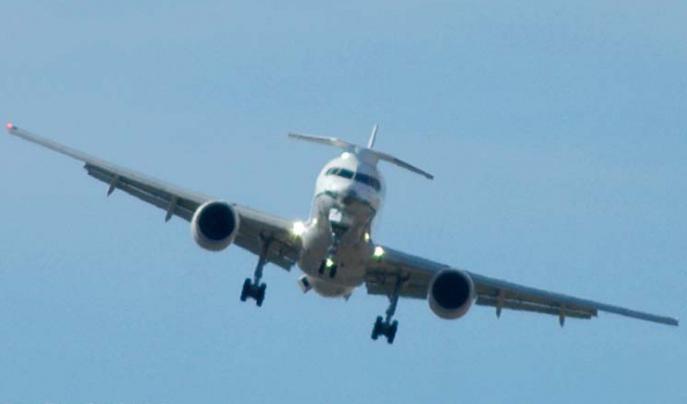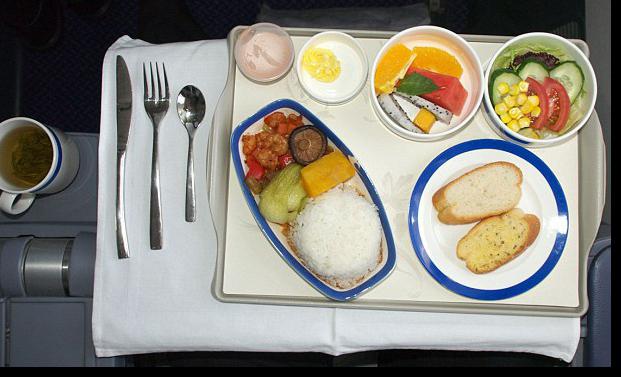Boeing 757 aircraft: cabin layout, selection of the best seats and a little about the liner itself
Quite successfully continued for 22 years. During the entire period of production, 1050 liners were put into operation, including 80 cargo aircraft of the 757-200PF version. Aircraft were produced until 2005, but even today many airlines, including Russian ones, operate them very successfully. In recent years, dozens of Boeing 757-200 passenger liners have found their way into cargo versions of the 757-200SF.
About what worries everyone when boarding a plane...
No one will argue that passengers preparing for a flight on any aircraft, not only on the Boeing 757, are less interested in the cabin layout than in flight safety. Especially today, when we hear news chronicles about air crashes all the time on television. In the entire history of Boeing 757-200 flights, aircraft losses amounted to only 7 units, and even then the reasons were not a technical failure or breakdown of the vessel, but terrorist attacks and a tragic combination of circumstances. Only one accident in the city of Giron resulted in the death of the aircraft due to damage to the rack making a hard landing in adverse weather conditions.
Heart of the Boeing 757-200

Some technical information about the engines. The Boeing 757-200 liners were equipped with many components and aggregate systems similar to those of the Boeing 767, a wide-body long-haul aircraft. The Boeing 757-200 is equipped with two Rolls-Royce turbojet units, which, when fully loaded, allow the aircraft to overcome the maximum distance of 7240 kilometers at a speed of 860 km/h. The liners are equipped with Rolls-Royce RB211-535C with a capacity of 17000 kgf or Rolls-Royce 535E4, the thrust of which is 18000 kgf. On some aircraft, Pratt & Whitney turbines were installed as part of the engine assembly, which are similar in all characteristics to Rolls-Royce. At the same time, the composition of the power plant does not have any effect on the carrying capacity of the aircraft and the placement of seats. Liners "Boeing 757-200" have the ability to rise to a height of more than 12,000 meters and, thanks to powerful turbo engines, reach speeds of over 890 km/h.

"Boeing 757": interior layout
The cabin of the passenger "Boeing 757-200" can accommodate up to 240 people and has two compartments - "Economy" and "Business". There are two seats for the crew. The layout of the cabin used in the Boeing 757-200 aircraft, the best seats and their design repeat the layout that was used in previous versions of the airliner of this class. One row consists of six seats, three seats on the left and three on the right, and in the middle is the central aisle. This is the optimal layout for passengers, and it is convenient for flight attendants to move around. Therefore, the engineers of the Boeing 757, whose cabin layout is universal, did not begin to make structural changes in the location of the seats.

The question of choosing the best place is often individual. Safety-conscious passengers will likely prefer the tail seats, while those suffering from motion sickness will opt for the front rows. Many of us like to look out the window alone, surveying the expanses of the Earth from a height. Such passengers will prefer seats A and F. Those who need to get up often, including those who like to stretch their legs, will choose seats near the aisle.
There is an expert opinion on which places are the best. A business class with reclining backrests and more space between seats can provide more comfort than an economy class. When choosing a seat at the time, it is necessary to take into account the proximity of bathrooms, kitchens and the presence of emergency exits nearby, which affect the angle of reclining the seat, so as not to subsequently experience discomfort during the flight.
Today, Boeing 757s are operated by many Russian airlines. Among them are Wim Avia, Nord Wind, Yakutia and others.
Each airline, as part of improving the level of customer service, places on its websites detailed information about the design features of the vessel, the duration and features of the flight, and the possibilities for obtaining additional services on board the liner. The website of the airlines presents, in addition to the general description of the Boeing 757 aircraft, the layout of the cabin. Wim Avia, for example, advises passengers who do not like to get into an annoying queue at the check-in counter to choose the first row, because in this case, when disembarking, they have the opportunity to leave the cabin first.

In terms of service, the first row also wins, since passengers who sit in this row are delivered food and drinks in the first place. But even here there may be certain inconveniences due to the proximity to the restrooms, besides, the legs rest against a solid partition, it is not possible to stretch them out.
Features of accommodation for different categories of passengers
There are main key points and nuances that are concealed in the cabin scheme provided for by the Boeing 757-200 aircraft. Nord Wind and other airlines operating Boeing 757-200 aircraft will surely offer you the best accommodation option. Seats in the 10th and 21st rows are considered optimal for tall passengers. They are located behind emergency exits, there is free legroom. If you are traveling with a child, you will not be seated in seats that are close to escape hatches. If you are traveling as a couple, it is more convenient for you to choose the ninth row, in which there are places connected in pairs, and not in three, and you will be more comfortable there. If you choose the tail section, you will not have to endure the proximity of toilets. In the 14th and 15th rows, in some cases there is no porthole, and those who wanted to view the panorama of the Earth from above may be upset. Seats in the rows near which emergency hatches are located do not recline completely or do not recline at all. This applies, for example, to the 19th, 20th, and 40th rows. Consider this and consider whether you can spend the entire flight in the same position.
